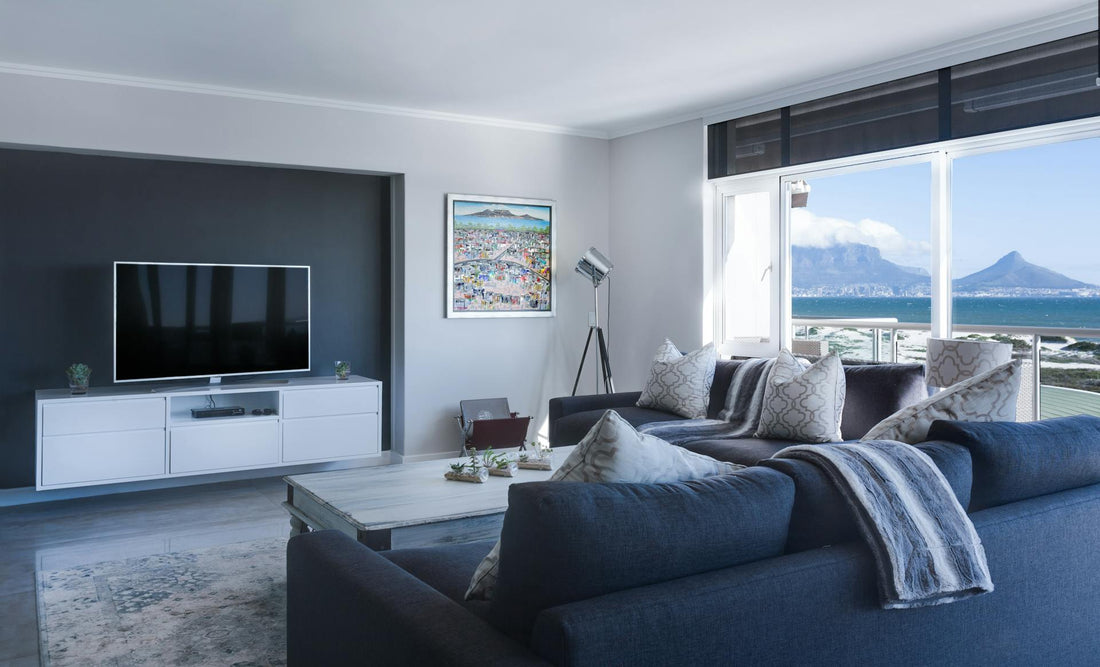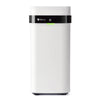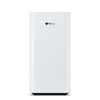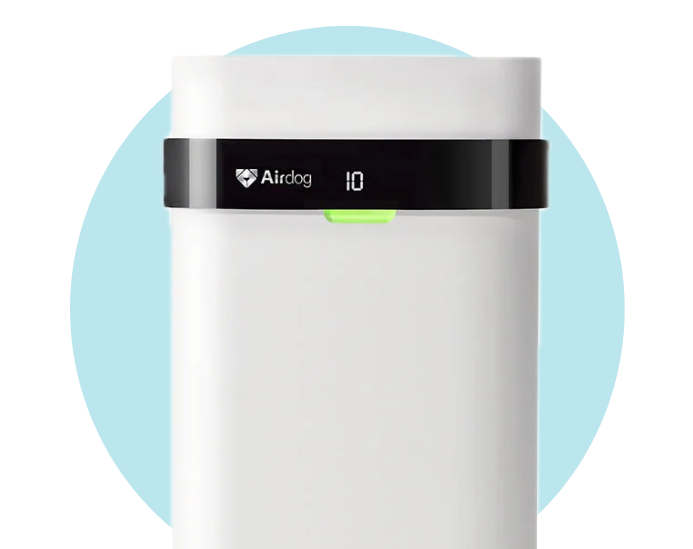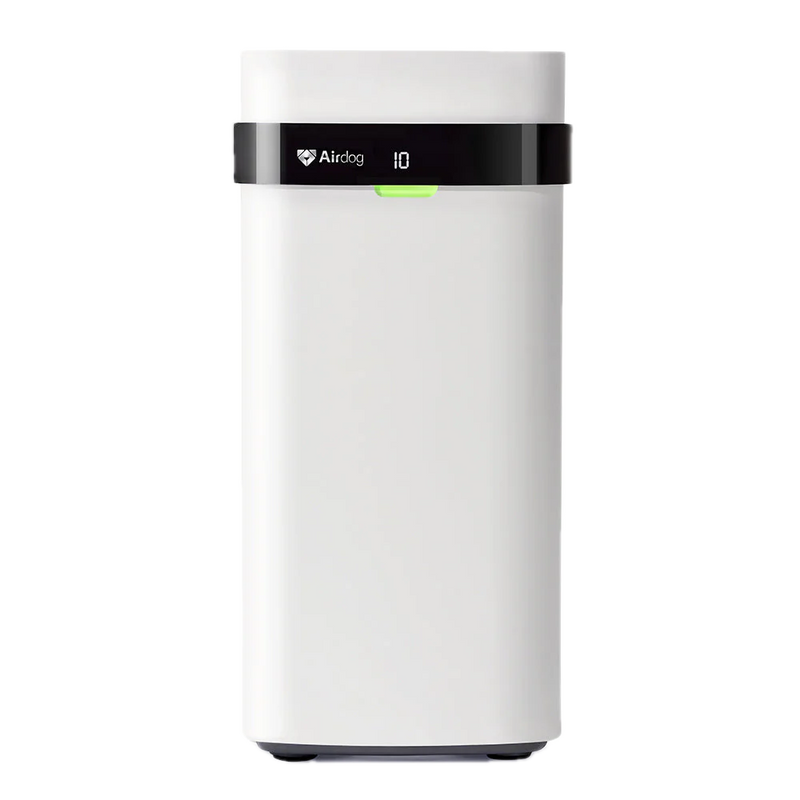Air ionizers have become a popular choice for improving indoor air quality by reducing airborne pollutants, allergens, and odors. However, a critical question arises: Is it safe to be in a room with an ionizer? Understanding how ionizers work, their impact on indoor air, and potential health risks can help you make an informed decision about their use in your home or workspace.
With the increasing prevalence of air pollution, especially in urban environments, homeowners and businesses alike are turning to air purification solutions. While air ionizers are often marketed as a safe and effective method to improve indoor air quality, they also raise concerns about ozone production, respiratory health risks, and their ability to truly remove airborne pollutants rather than just relocate them.
How Do Air Ionizers Work?
Air ionizers function by releasing negatively charged ions into the air. These ions attach to airborne particles such as dust, pollen, bacteria, and smoke particles, causing them to become heavier and settle on nearby surfaces. Some air ionizers are integrated into air purifiers to help remove airborne pollutants more effectively.
This ionization process operates differently from HEPA filters or electrostatic precipitators, which physically trap pollutants rather than neutralizing them via electrical charge. The goal is to reduce the number of airborne pollutants in a room, but a major drawback is that these particles often settle onto nearby surfaces, including furniture, floors, and walls. While the air may seem cleaner, the settled contaminants can still be a health risk if disturbed and reintroduced into the air.
The Safety of Ionizing Air Purifiers
1. The Risk of Ozone Production
Most ionizers produce small amounts of ozone, but how much ozone they generate varies. Ozone reacts with other chemicals in indoor air, sometimes creating volatile organic compounds (VOCs) that contribute to indoor air pollution.
-
Low ozone levels (below 0.05 parts per million) are generally considered safe for indoor air quality.
-
High levels of ozone (above 0.1 parts per million) can be a lung irritant, causing throat irritation, chest pain, and respiratory problems.
-
Some ozone generators are specifically designed to produce ozone to eliminate odors, but prolonged exposure can be harmful to human health.
Many air ionizers are marketed as ozone-free, but they may still produce ozone as a byproduct. Even if an ionizer air purifier does not directly generate ozone, the ionization process itself can cause secondary chemical reactions that may lead to elevated ozone levels indoors. Studies show that long-term exposure to even low levels of ozone can increase the risk of respiratory problems, particularly for individuals with asthma or other lung conditions.
2. Impact on Airborne Pollutants
Ionizers can effectively remove airborne pollutants, including pollen, bacteria, and smoke particles. However, they do not filter out particulates like HEPA filters do. Instead, particles settle onto nearby surfaces, requiring regular cleaning to prevent recontamination of indoor air.
-
Pros:
-
Can eliminate odors
-
Helps remove particles from the air
-
Works silently and requires minimal maintenance
-
Cons:
-
Does not physically trap particles (unlike HEPA filters)
-
Requires regular cleaning of surfaces
-
May generate ozone, depending on the model
Additionally, ionizing air purifiers are less effective at removing gaseous pollutants like VOCs, carbon monoxide, and formaldehyde. This makes them less ideal for environments with chemical pollutants, such as homes with recent renovations or workplaces with industrial chemicals.
Health Risks Associated with Air Ionizers
1. Respiratory Issues
High ozone exposure can exacerbate conditions such as asthma, bronchitis, and other respiratory problems. The American Lung Association advises against using ionizers that produce ozone in occupied rooms.
2. Potential Risks of Ionization Process
The electrical charge used to ionize particles does not pose a direct threat, but ionizing radiation should not be confused with radioactive exposure. Electrically charged particles can, however, trigger health problems in sensitive individuals.
3. Long-Term Effects on Indoor Air Quality
While ionizers can improve air quality by reducing particulate matter, they do not remove gases such as VOCs, carbon monoxide, or nitrogen dioxide. For comprehensive indoor air protection, electrostatic precipitators or advanced air cleaners are recommended.
How to Use an Air Ionizer Safely
If you choose to use an ionizer air purifier, consider these best practices to minimize health risks and maximize air quality improvement:
-
Choose a Low-Ozone or Ozone-Free Model
-
Look for certified ionizers that produce minimal ozone or opt for air purifiers.
-
Ensure Proper Ventilation
-
Keep windows open periodically to prevent ozone buildup.
-
Use in Combination with Other Filtration Methods
-
Consider Airdog’s advanced TPA technology, which captures ultrafine particles and eliminates pollutants more effectively than regular ionizers.
Airdog’s Alternative: A Smarter Approach to Air Purification
At Airdog, we have developed a revolutionary approach to air purification that eliminates the harmful effects of traditional ionizers and ozone generators. Our TPA technology uses a high-voltage electrical charge to capture and destroy airborne contaminants, offering superior protection against pollutants without producing ozone.
Why Choose Airdog?
-
No Wasteful Filters: Our washable, reusable plates eliminate the need for disposable HEPA filters.
-
Ozone-Free Performance: Unlike most ionizers, Airdog purifiers do not emit harmful ozone.
-
Superior Particle Removal: Captures particles down to 0.0146 microns, including viruses, bacteria, and smog.
-
Energy Efficient: Consumes far less power than traditional air cleaners.
Should You Use an Ionizer?
While air ionizers can be effective at improving air quality, they come with potential risks, particularly related to ozone production and health effects on the respiratory system. If you decide to use an ionizer, follow safety guidelines, ensure proper ventilation, and opt for low-ozone models.
For a safer, more effective solution, consider Airdog’s advanced air purification technology, which removes pollutants without producing ozone, offering a healthier and more sustainable way to breathe cleaner air.

